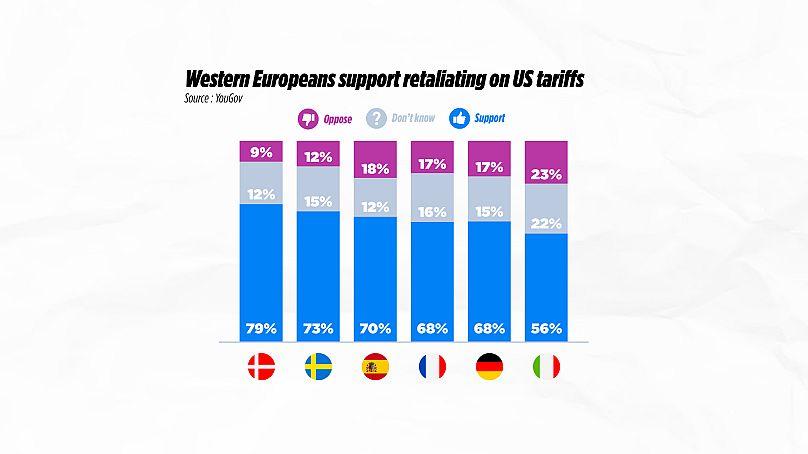China Imposes Retaliatory Tariffs on Canadian Agricultural Exports: A New Chapter in Trade Frictions
In a notable escalation of trade disputes, China has introduced a series of retaliatory tariffs targeting a wide array of Canadian agricultural and food products. This response follows ongoing geopolitical tensions and perceived unfair trade practices, signaling increased strain in the economic relationship between the two countries. The tariffs are expected to significantly disrupt Canada’s farming sector, which heavily depends on Chinese demand for commodities such as canola oil, pork, and dairy. Experts caution that these measures could have enduring consequences not only for Canada’s economy but also for global commodity markets.
Scope of China’s Tariff Measures Against Canadian Farm Goods
China’s recent tariff impositions cover several key agricultural exports from Canada, marking an intensification in retaliatory trade actions following earlier Canadian restrictions on Chinese technology imports. The affected product categories include:
- Canola oil
- Pork and beef
- Dairy items
- Lentils and peas
The agricultural industry in Canada is already navigating volatile international markets; these new tariffs threaten to exacerbate challenges by limiting access to one of its largest export destinations. Recent projections estimate substantial declines in both export volumes and revenues across these sectors:
| Product Category | Estimated Revenue Decline (CAD) | Expected Reduction in Export Volume (%) | |||
|---|---|---|---|---|---|
| Canola Oil | $210 million+ | 26% | |||
| Pork Products | $160 million+ | 32% | |||
| Dairy Goods | $110 million+ | 22% | |||
| Lentils & Peas | $55 million+ td >< td >17% td > tr >
/tbody > The Ripple Effects: Consequences for Farmers and the Broader EconomyThe imposition of China’s retaliatory tariffs poses immediate threats to Canada’s farmers who rely extensively on exports to China — one of their most significant markets. Key staples such as wheat, canola seeds, pork cuts, and dairy products face heightened barriers that may depress prices domestically while increasing production costs. Beyond agriculture itself, ancillary industries including transportation logistics, food processing plants, and rural service providers are likely to experience downturns due to diminished export activity. Moreover, uncertainty surrounding future trade relations risks deterring investment within rural communities dependent on farming income.
|
